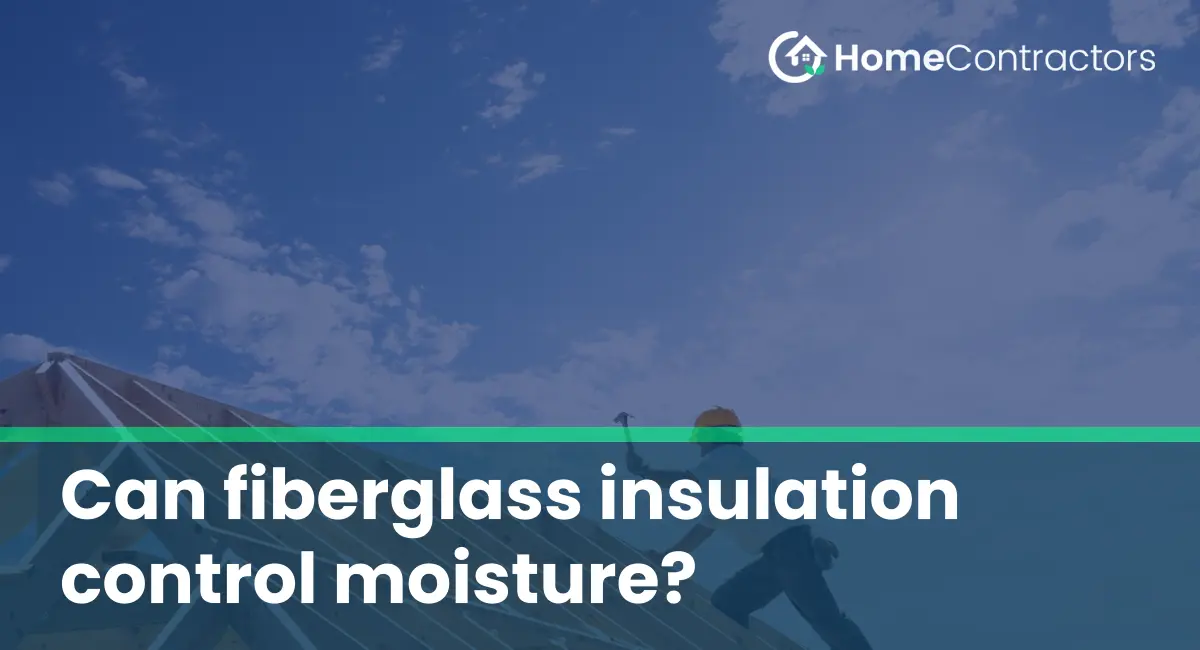While fiberglass insulation does not actively control moisture, it indirectly helps in managing moisture-related problems. The key lies in its ability to allow air circulation within the insulation material. By creating air gaps or pockets within the insulation, fiberglass allows moisture to dissipate and prevents the formation of stagnant moisture pockets that could lead to mold or rot.
Preventing Condensation
One of the most significant sources of moisture in buildings is condensation, which occurs when warm moist air meets a cold surface. This can lead to water droplets forming on windows, walls, or ceilings. However, fiberglass insulation, with its thermal resistance, helps prevent condensation by creating a barrier between the warm and cold surfaces. It effectively minimizes heat transfer, reducing the likelihood of condensation forming on surfaces and subsequently decreasing the potential for moisture-related issues.
Vapor Barrier Considerations
While fiberglass insulation helps control moisture indirectly, it should be noted that it does not act as a vapor barrier on its own. A vapor barrier is a material that restricts the movement of water vapor, preventing it from passing through walls or ceilings and causing damage. In humid environments, it is recommended to install a separate vapor barrier alongside fiberglass insulation to ensure optimal moisture control.
Maintaining Proper Ventilation
To maximize the moisture management capabilities of fiberglass insulation, it is crucial to have proper ventilation within the building. Good ventilation allows for the exchange of indoor and outdoor air, preventing excessive moisture buildup. By incorporating proper ventilation systems, such as exhaust fans and vents, the overall moisture levels can be effectively controlled, further enhancing the insulation’s ability to manage moisture-related issues.
While fiberglass insulation itself does not actively control moisture, it does play a crucial role in indirectly managing moisture-related problems. By allowing air circulation and minimizing heat transfer, fiberglass insulation helps prevent the accumulation of moisture within the insulation material. Moreover, it aids in reducing condensation on surfaces, which can lead to mold and rot. To fully harness the moisture-controlling abilities of fiberglass insulation, it is important to combine its installation with proper ventilation and, if necessary, a separate vapor barrier.
